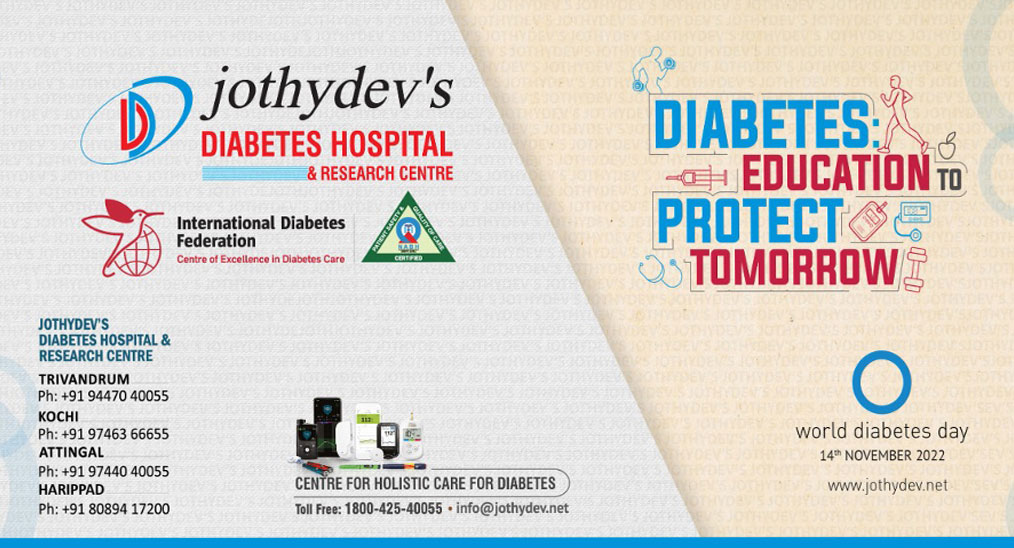5. Does timing of exercise improve glycemic control?

Research published in ‘Diabetologia’ examined the cross-sectional associations of breaks in sedentary time and timing of physical activity with liver fat content and insulin resistance in a Dutch cohort suggesting that moderate-to-vigorous activity in the afternoon or evening was associated with a reduction of up to 25% in insulin resistance and the number of daily breaks in sedentary time was not associated with lower liver fat content or reduced insulin resistance.
In 775 participants of the Netherlands Epidemiology of Obesity (NEO) study, researchers assessed the sedentary time, breaks in sedentary time and different intensities of physical activity using activity sensors, and liver fat content by magnetic resonance spectroscopy (n=256). Participants were categorized as being most active in the morning (06:00–12:00 hours), afternoon (12:00–18:00 hours) or evening (18:00–00:00 hours) or as engaging in moderate-to-vigorous-physical activity (MVPA) evenly distributed throughout the day. Associations between sedentary time, breaks and timing of MVPA with liver fat content and HOMA-IR were examined using linear regression analyses, adjusted for demographic and lifestyle factors including total body fat.
The study concluded that the number of daily breaks in sedentary time was not associated with lower liver fat content or reduced insulin resistance. Moderate-to-vigorous activity in the afternoon or evening was associated with a reduction of up to 25% in insulin resistance.
For enquiries info@jothydev.net.
Please visit: jothydev.net | research.jothydev.com | diabscreenkerala.net | jothydev.com/newsletter




